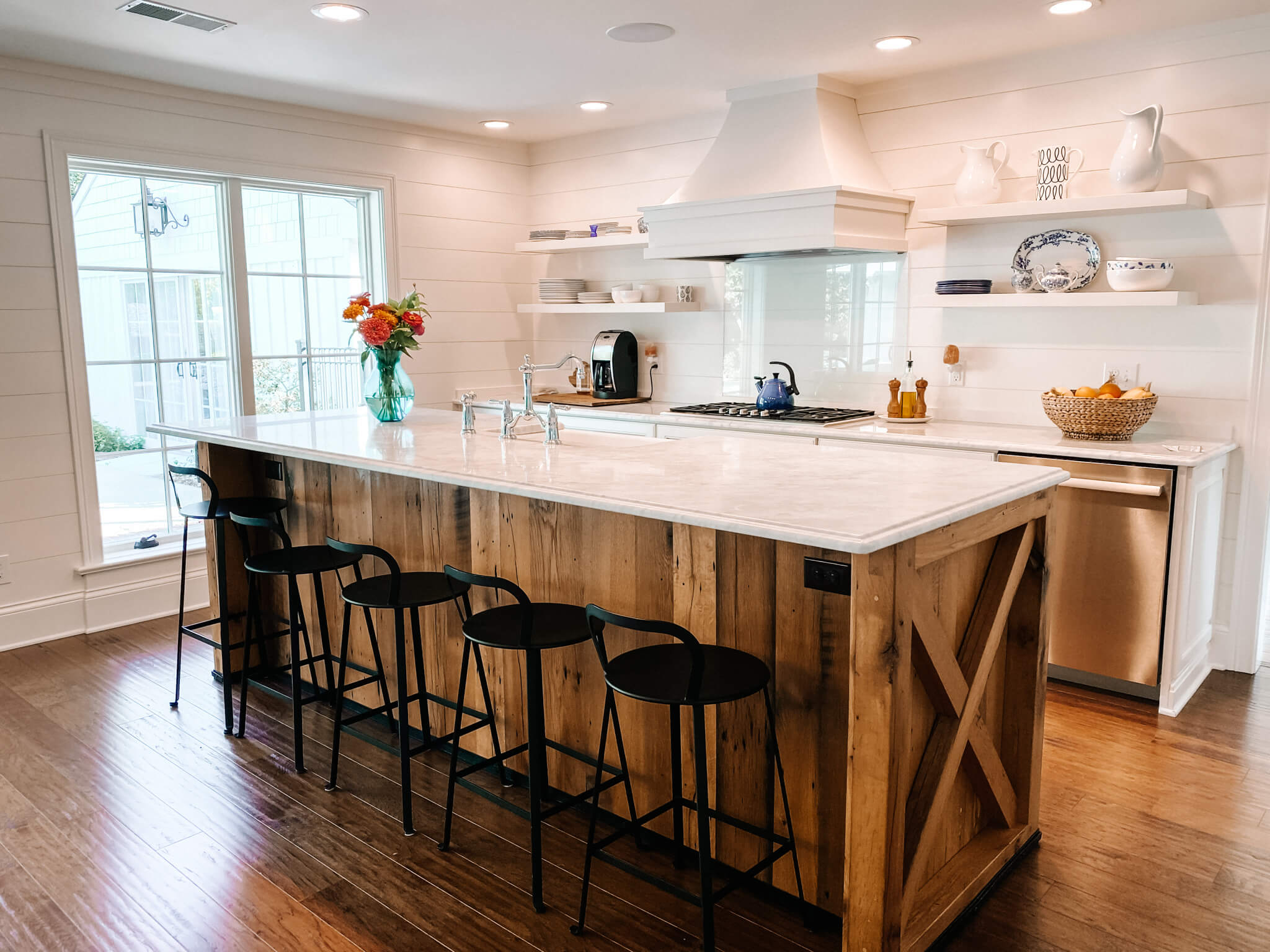Do you find yourself thinking of a cooking space that perfectly merges style, practicality, and efficiency? A kitchen renovation can change your culinary space into a haven for preparing meals, hosting gatherings, and family gatherings. If you are wanting to revamp an old room or just revitalize your kitchen's appearance, this comprehensive guide will arm you with all the information you need to handle the updating process with confidence.
Beginning with recognizing the clues that indicate it’s necessary to a renovation to examining the latest styling trends for the upcoming year, we will delve into each detail of kitchen upgrades. We will discuss how to organize efficiently, manage finances smartly, and avoid common mistakes while offering ideas for designs that resonate with your personal style. If you are a do-it-yourselfer or thinking about engaging a professional, our expert tips will help you take smart choices that lead to a kitchen space that is not only gorgeous but also matches your way of living ideally.
Planning Your Kitchen Renovation
When embark on a kitchen renovation, the secret lies in success lies in careful planning. Start by assessing the current kitchen layout and identifying what works and what doesn’t. Consider your cooking habits, storage needs, and your usage of the space. Develop a list of necessary features and desirable elements, which will assist in ranking your renovation goals. Engaging with family members can further provide various perspectives and needs that must be considered during the renovation.
Setting a budget is another crucial element of the planning phase. Set a realistic budget that encompasses all aspects of the renovation, which consists of materials, labor, and surprise expenses. Research potential costs for different elements like countertops, cabinetry, and appliances. If you are working with a restrictive budget, consider options for cost-saving strategies, such as remodeling cabinets or selecting economical finishes. Having a financial framework will guide you in deciding on informed decisions over the course of the renovation process.
Finally, create a timeline for your renovation project. The length of time required for different tasks, like demolition or installation, can differ greatly, so it is important to map out each phase of the renovation. Consider lead times for ordering materials and appliances, as well as potential delays. Creating a timeline will not only maintain the project on track but also help set expectations for the time at which the renovated space will be ready for use.
Design Inspiration & Styles
As you embark on your kitchen renovation journey, drawing inspiration from current design trends can significantly enhance your space. In 2024, a sweeping trend is the combination of organic elements and earthy tones, creating a welcoming and calming atmosphere. Imagine deep wood finishes, stone countertops, and warm color palettes that reflect the aesthetics of nature. This method not only promotes a sense of tranquility but also ensures your kitchen feels enduringly stylish.

A further trend is the focus on multifuctionality in kitchen design. With an ever more busy lifestyle, homeowners are seeking ways to maximize their kitchens for cooking, hosting, and even working from home. Open-plan layouts that seamlessly blend the kitchen with living spaces allow for greater interaction and innovative storage solutions like pull-out shelves and hidden cabinets maintain the area clutter-free. modern kitchen renovations can especially benefit from these space-saving designs, proving that functionality can exist in aesthetics.
Embracing a timeless aesthetic remains essential for many homeowners. Traditional elements such as Shaker cabinets, brass fixtures, and subway tile backsplashes offer enduring appeal that transcends fleeting trends. Meanwhile, tailoring elements like backsplashes or statement lighting fixtures can inject individual style without compromising on longevity. The key is to create a cohesive design that reflects your personality while ensuring functionality for the long term to come.
Key Elements for a Efficient Kitchen
A well-designed kitchen is designed to improve effectiveness while providing a comfortable space for cooking and socializing. One of the essential components is organized storage, which helps avoid clutter and keeps key utensils within reach. Invest in cabinetry that makes the most of space and consider smart storage solutions like pull-out shelves and drawer dividers. This arrangement not only improves workflow but also creates a seamless aesthetic.
Another essential factor is adequate lighting. A well-lit kitchen enhances clarity and makes cooking a pleasure rather than a task. Layered lighting, including ambient, task, and decorative lights, can create a inviting atmosphere. Consider under-cabinet lighting to light up work areas and decorative pendant lights over islands to bring style. Adequate lighting can truly transform the usability of the space.
Finally, choosing high-quality appliances and fixtures is vital for a practical kitchen. Energy-efficient appliances reduce utility costs and environmental impact, while fixtures like faucets and sinks should be both practical and stylish. Choosing the right stove and refrigerator suited to your cooking habits will enhance your kitchen's efficiency. By focusing on these essentials, you can create a blend of style and efficiency in your culinary space.
